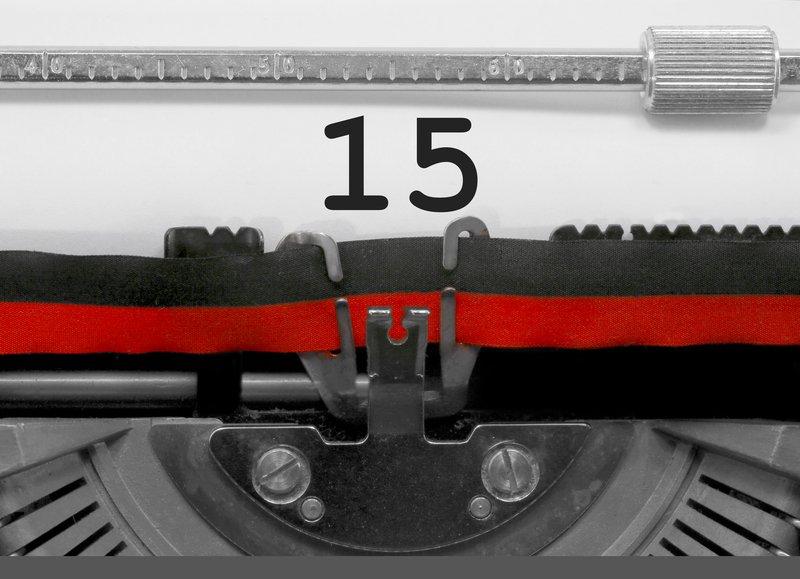As a dedicated business owner, your primary focus lies in nurturing the growth and advancement of your company. However, occasionally, internal obstacles may arise that impede your company’s path to success. In such cases, it becomes your responsibility to take decisive action.
Despite everyone’s best intentions, there are instances when board appointments fail to meet expectations. If you find yourself with a director whose impact on your business is predominantly negative rather than positive, it may be necessary to contemplate the termination of their directorship.
In this comprehensive article, we will explain the essential steps on how to remove a director of a company. We also explore various other critical considerations that must be taken into account throughout this process.
By following these guidelines, you’ll be equipped with the knowledge to navigate this delicate situation successfully and ensure the continued prosperity of your company.
Step 1 – Shareholder vote
If you’re not the business’s sole owner, you must check that there is sufficient shareholding in favour to pass the required shareholder vote to remove the director.
In normal circumstances, removing a director requires passing an ‘ordinary resolution’, meaning that over 50% of the total shareholding must vote in favour of the director’s removal at a formal shareholders’ meeting.
However, if the director is also a shareholder or has been appointed on behalf of a particular shareholder, then in some instances, there may be special clauses (known as ‘articles’) in the company’s constitution giving them extra protection on a vote to remove that person as a director.
This works by giving their shares enhanced voting rights on that resolution. Therefore, the company’s articles should be checked carefully.
Since there are legal formalities and due notice requirements to make the resolution valid, you should take legal advice on carrying out the shareholder resolution.
Step 2 – Shareholders’ agreements
If you have a shareholders’ agreement, you must check its terms. If the director you’re looking to remove is also a co-shareholder and is a party to the shareholder agreement, then this will have contractual force. As such, you must ensure you adhere to its terms.
The shareholder agreement may state that whilst they remain a shareholder, they have a right to a place on the board. In these circumstances, their removal may involve acquiring their shareholding, or there may be specific clauses dealing with this particular situation.
Step 3 – Director’s Service Contract
A Director’s Service Contract sets out the agreed terms between a company and its directors. The contract may be for a fixed term, meaning that the director has an agreed minimum term of service.
Free Tide Business Bank Account + £50 Cashback!Simply open a free business current account to qualify + 12 months free transactions. Read our Tide review. Tide Instant Saver pays 4.07% AER (variable) - open one at the same time - rapid set up! |
The contract will likely have termination clauses stating what (if any) notice periods are applicable and the compensation due in the event of termination.
Depending on the terms, you may need to pay up the remainder of the term under a fixed-term contract. For a non-fixed term contract, you may only need to pay in lieu of notice or allow the director to remain in place for its duration.
Step 4 – Notifying Companies House
When a director is removed from your business, you must notify Companies House by filing the appropriate form, as this is a legal requirement as part of your company administration.
Step 5 – Directors Guarantees
If the outgoing director has signed any director’s or personal guarantees, such as for a lease or a business loan, these will need to be considered.
The director may want these to be released, perhaps in return for the company providing an alternative guarantor or security in their place or at least having an indemnity to protect them against future liability.
In this context, an indemnity is when the company and/or the remaining directors/shareholders (as the case may be) agree to meet any liability arising from the guarantees.
Step 6 – Banking authorisations
As a director of your company, the individual will likely have specific formal authorisations on behalf of the company.
For example, they may be signatories on your business bank accounts. Any such authorisations should be revoked when the directorship is terminated to ensure the individual no longer has access to the accounts.
Wrapping up
Removing a company director is a significant decision that requires careful consideration and adherence to legal requirements.
To navigate this process effectively and protect the best interests of your business, it’s strongly recommended to seek advice and support from a commercial or corporate lawyer with expertise in this area.
LawBite has a team of experienced lawyers specialising in commercial, corporate, and employment matters.
Whether you need guidance on removing a director or assistance with other legal issues related to your business, don’t hesitate to reach out to LawBite for reliable and professional support tailored to your specific needs.
Ashley Gurr is a commercial and contract lawyer at LawBite. Ashley has over 15 years of experience in private practice helping SMEs and in-house for an international consultancy group advising on commercial agreements and a multi-national utility giant in a contract strategy role.

|
Free Tide Business Bank Account + £50 Cashback!Simply open a free business current account to qualify + 12 months free transactions. Read our Tide review. Open a Tide savings account at the same time and earn an excellent 4.07% AER (variable) on your spare funds. |










